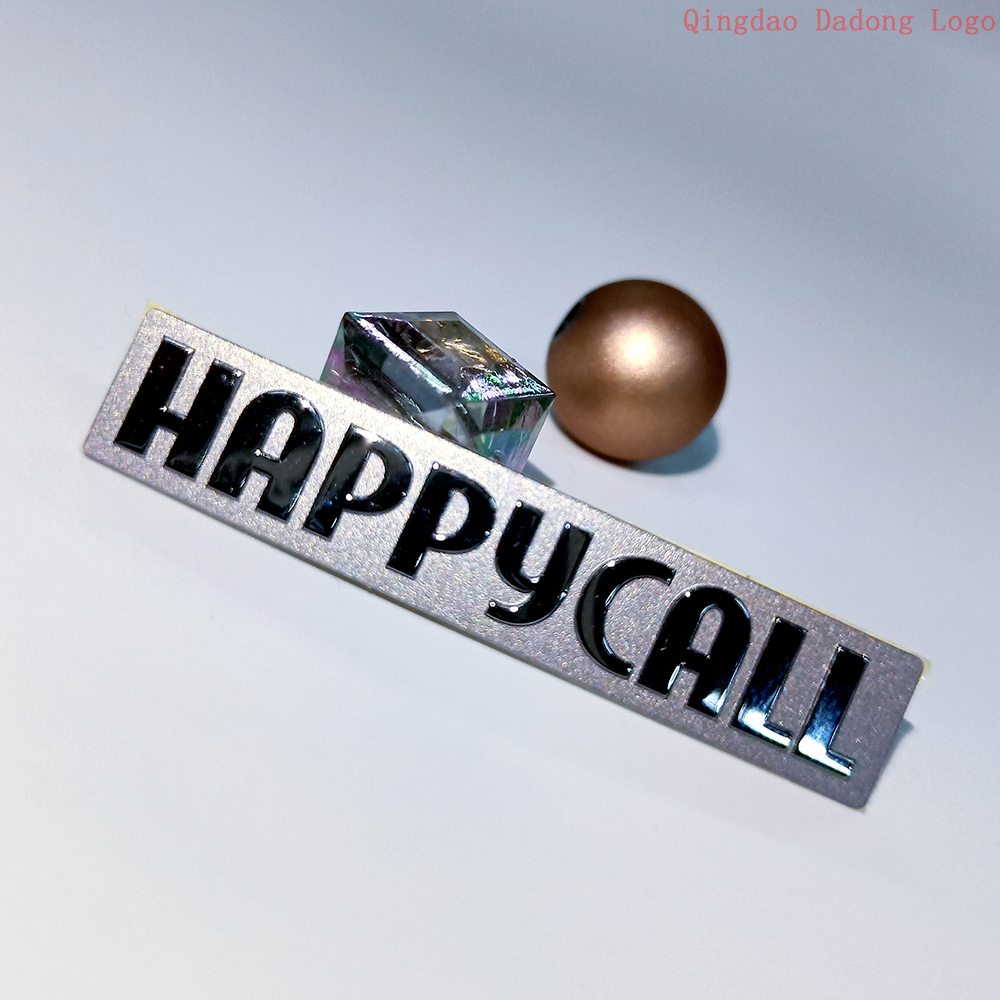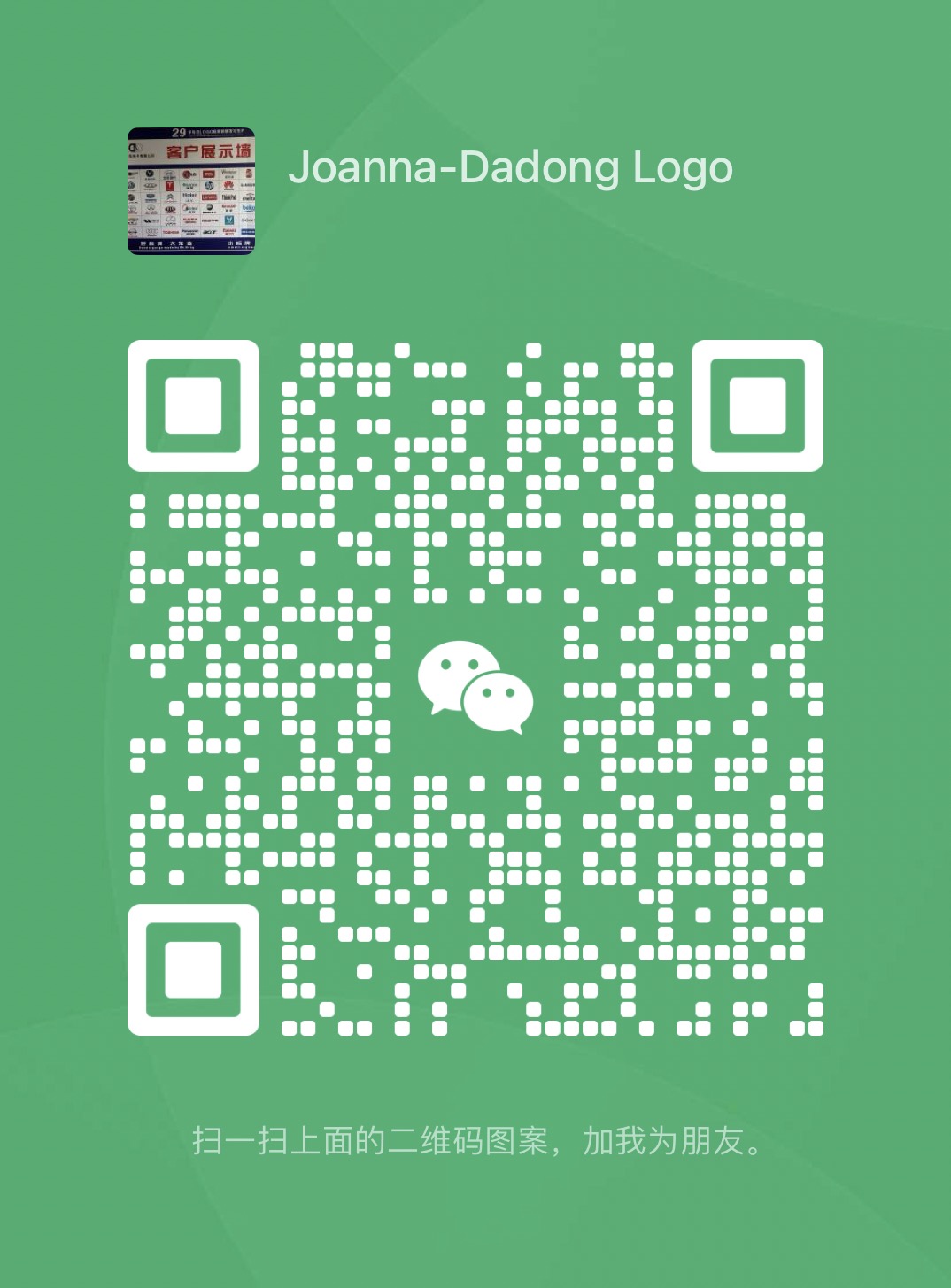NEWS
What are the advantages and disadvantages of commonly used printing techniques in the production of metal signs?
Writer:admin Time:2023-09-11 16:44 Browse:℃
In the process of making metal signs, printing technology is an indispensable part. Different printing technologies have their own characteristics and advantages and disadvantages, and selecting the appropriate printing technology can effectively improve the quality and durability of metal signs. This article will introduce several commonly used printing techniques in the production of metal signs and analyze their advantages and disadvantages.
1. Heat transfer printing technology
Heat transfer printing technology is a technology that transfers patterns or text onto metal labels through heating. This technology has the following advantages:
-It can achieve high resolution and detailed expression, ensuring the clarity and brightness of printed materials.
-Suitable for various metal materials, such as stainless steel, copper, aluminum, etc., with good adaptability.
-The combination of the transferred pattern or text with the metal label is firm and not easy to wear or fade.
Heat transfer printing technology also has some drawbacks:
-The equipment for this technology is relatively expensive and not very economical for small-scale production.
-For metal signs with special shapes, thermal transfer printing technology may have certain limitations.
-Due to the need for heat transfer printing, it is not suitable for some heat sensitive metal materials.

2. UV inkjet technology
UV inkjet technology is a method of using UV cured ink to spray patterns or text on metal signs. This technology has the following advantages:
-The inkjet effect is good, which can achieve high resolution and color reproduction, resulting in higher quality printed products.
-Suitable for various metal materials, capable of inkjet printing on materials such as stainless steel, aluminum, and copper.
-The ink solidifies quickly and the printing speed is fast, making it suitable for large-scale production.
-For some more complex patterns or text, UV inkjet technology is easier to implement.
UV inkjet technology also has some shortcomings:
-The price of technical equipment is relatively high and is not suitable for small-scale production.
-For some metal signs with special process requirements, such as bright light, shading, etc., they may not meet the requirements.
-Due to the need for ultraviolet radiation for ink solidification, it may pose certain safety hazards to operators.
3. Etching Technology
Etching technology is a method of chemically etching patterns or text onto metal labels. This technology has the following advantages:
-It can achieve high-precision and high-definition pattern or text engraving with high quality.
-Suitable for various metal materials, such as stainless steel, copper, aluminum, etc., with good adaptability.
-The combination of engraved patterns or text with metal signs is very firm and not easy to wear or fade.
Etching technology also has some drawbacks:
-This technology requires a certain level of professional technology and equipment, and requires high accuracy in engraving patterns or text.
-Due to chemical corrosion, there are certain requirements for the environment and operator safety.
-The depth and quality of engraving may be limited by the metal label material.
The commonly used printing techniques in the production of metal signs include heat transfer printing, UV inkjet printing, and etching. Each technology has its own advantages and disadvantages, and selecting the appropriate printing technology requires consideration of factors such as metal material, production scale, and pattern complexity. Through comprehensive comparison and balance, the most suitable printing technology can be selected to achieve the best metal signage printing effect and quality.
CATEGORIES
LATEST NEWS
CONTACT US
WhatsApp: +8615806503075
Tel: +8615806503075
Email: percy@dadonglogo.com
Addr: 7 Tonghe Road, Pingdu, Qingdao
